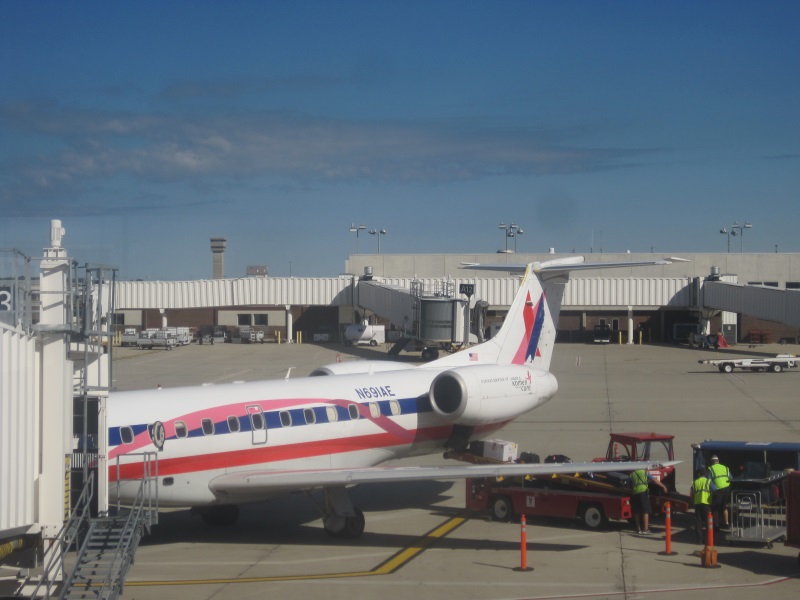When I initially created my Flight Log, I had only been tracking tail numbers since 2012. Last week, I found a source to help me fill in a good portion of my missing tail numbers.
The Bureau of Transportation Statistics keeps records of airline on-time statistics for United States domestic flights. In particular, their detailed statistics for departures, arrivals, and airborne time have flight number and tail number data. With a date, origin or destination airport, and flight number, I could find the tail number of many of my past flights.
There are a few caveats:
-
Many flights (particularly to smaller markets) are operated by feeder airlines operating under the name of a major airline. For example, my United flight 4255 on 7 December 2012 from CHS to EWR was actually operated by ExpressJet, so searching for United flights departing CHS on 7 December 2012 would turn up no results for flight 4255. Instead, I’d have to search for ExpressJet flights.
-
Only airlines with at least 1% of domestic passenger revenue are required to report on-time data. Therefore, not every feeder airline reports data, and I was unable to get tail numbers for those flights.
-
International flights are not in this database.
-
2013 data are not yet available.
-
The reported tail number was not always the actual tail number; in some cases, it appeared to use the airline’s fleet number instead. In particular, this seemed to happen more often than not on American Airlines and American Eagle flights.
-
American Airlines flights seemed to be reported in the form N[fleet number]AA, such as N493AA or N3FHAA. For American Airlines flights, then, I had to look up the aircraft in the fleet data for American Airlines on Planespotters.net, finding the fleet number in the Fleet Number column and retrieving the tail number from the Reg column. In the case of fleet number 493, the registration was N493AA, so the BTS on-time data tail number was correct. However, with 3FH, the tail number was actually N831NN.
-
American Eagle flights were similarly reported as N[fleet number]MQ, forcing me to do the same thing with the American Eagle fleet data.1 In this case, though, the fleet number often isn’t listed. When this happens, if there was a single registration number that contained the fleet number (N939AE for #939, N933JN for #933, etc.), and the aircraft family was the same as the one I already had on record, I used that.
-
Even with the above, the BTS website was still a great source of data, and I now have tail number data for 91% of my flights. This data helped me find out that there were quite a few more tails I’d flown on more than once, including three additional tails I’d flown on three times (beyond N909EV, which I already knew about).

One of the three-flight tails was N691AE.